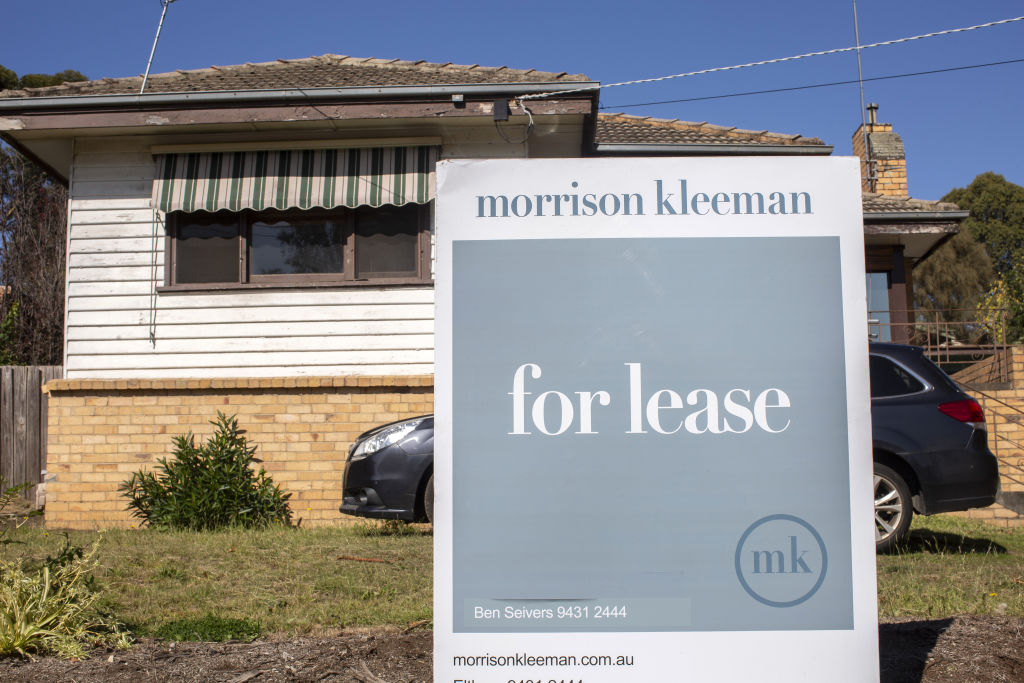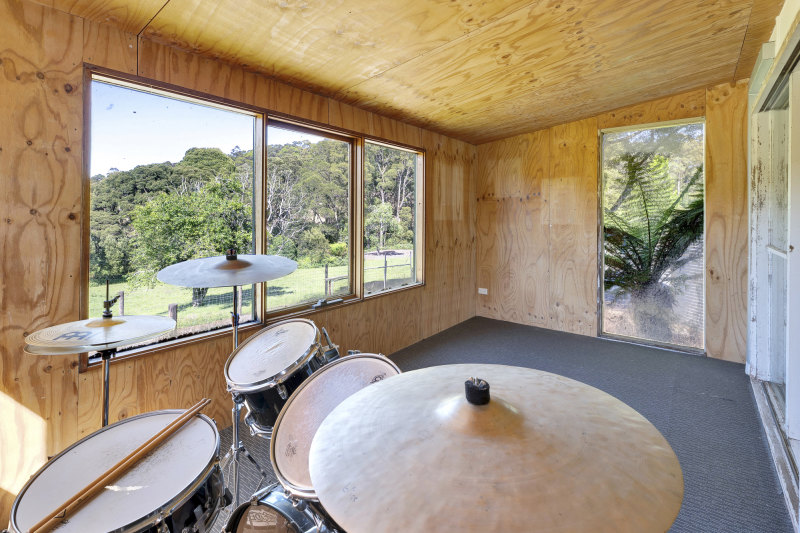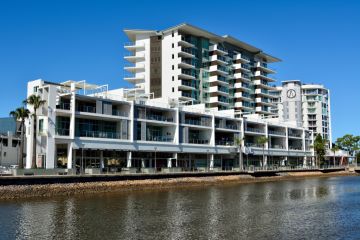What rental crisis? More rental options are becoming available for Canberra tenants

While Canberra’s rental availability traditionally ebbs and flows throughout the year, the latest data trends have revealed the market is becoming slightly less competitive for tenants.
While Sydneysiders and Melbournians fight tooth and nail to secure a rental, in February Canberra’s market recorded the highest vacancy rate of any city in Australia – 1.5 per cent, according to Domain’s Vacancy Rates: February 2023 report. Sydney recorded a 0.9 per cent vacancy rate and Melbourne 0.8 per cent.
This data comes on the back of internal Allhomes data recording a 26.9 per cent increase in the rental listing volume in the 12 months to February.
Property manager Braedan Kidd of Ashby Partners Real Estate said while a 1.5 per cent vacancy rate was high compared to other cities, “anything under a 2 per cent vacancy rate is still considered quite a tight rental market”.
“[The high listing volume] has resulted in fewer applications per property advertised – which is great news for applicants. But landlords and investors shouldn’t be worried,” he said.
“It just means that, where in the past we might have had seven to 10 really good applications, now we’re seeing maybe three.
“But if you’re looking at it from a rental crisis perspective, ‘crisis’ wouldn’t necessarily be the word that I would use. In the same breath, there is definitely a surplus of tenants to properties in Canberra still.”

Across the border, Brendan Halls of White Rhino Property Googong-Queanbeyan-Jerrabomberra said he was seeing similar trends in Queanbeyan and Googong.
“Googong seems to follow similar rental trends to the ACT,” he said.
Halls said high numbers of new developments would become available at once in Googong, creating a fluctuation in rental property availability, while Queanbeyan’s rental market was popular with renters for being close to the capital while feeling like a regional area.
“Queanbeyan always seems to hold up regardless of what Canberra or anywhere else is doing,” Halls said.
“The Queanbeyan region meets a lot of the criteria for visa requirements [being classed as regional], and there are quite a few people moving [there from] the ACT.”
Property type also played a part in rental demand, Halls said, with units and apartments typically clearing faster than free-standing houses.
“We tend to lease a lot of our Queanbeyan stock very quickly because a lot of it is typically units, so they’re at a really attractive price point for people as well,” he said.

Location is a key factor when it comes to demand for rentals, with anything close to the city proving popular, Kidd said.
“Anything in the inner-city ring – so Kingston or Lyneham [for example[ – are leased extremely quickly after coming on the market,” he said.
Both Halls and Kidd agreed that while the statistics indicated a slight lull in rental demand combined with a higher number of available properties in the region, it was still a strong and competitive market.
A big benefit of the situation is that tenants have the ability to be more considered in choosing the property that’s right for them.
“The positive note for tenants is that some of that competition has been removed, so you can take a breath and actually consider which property you might prefer and focus your energy on those areas,” Kidd said.
We recommend
We thought you might like
States
Capital Cities
Capital Cities - Rentals
Popular Areas
Allhomes
More










